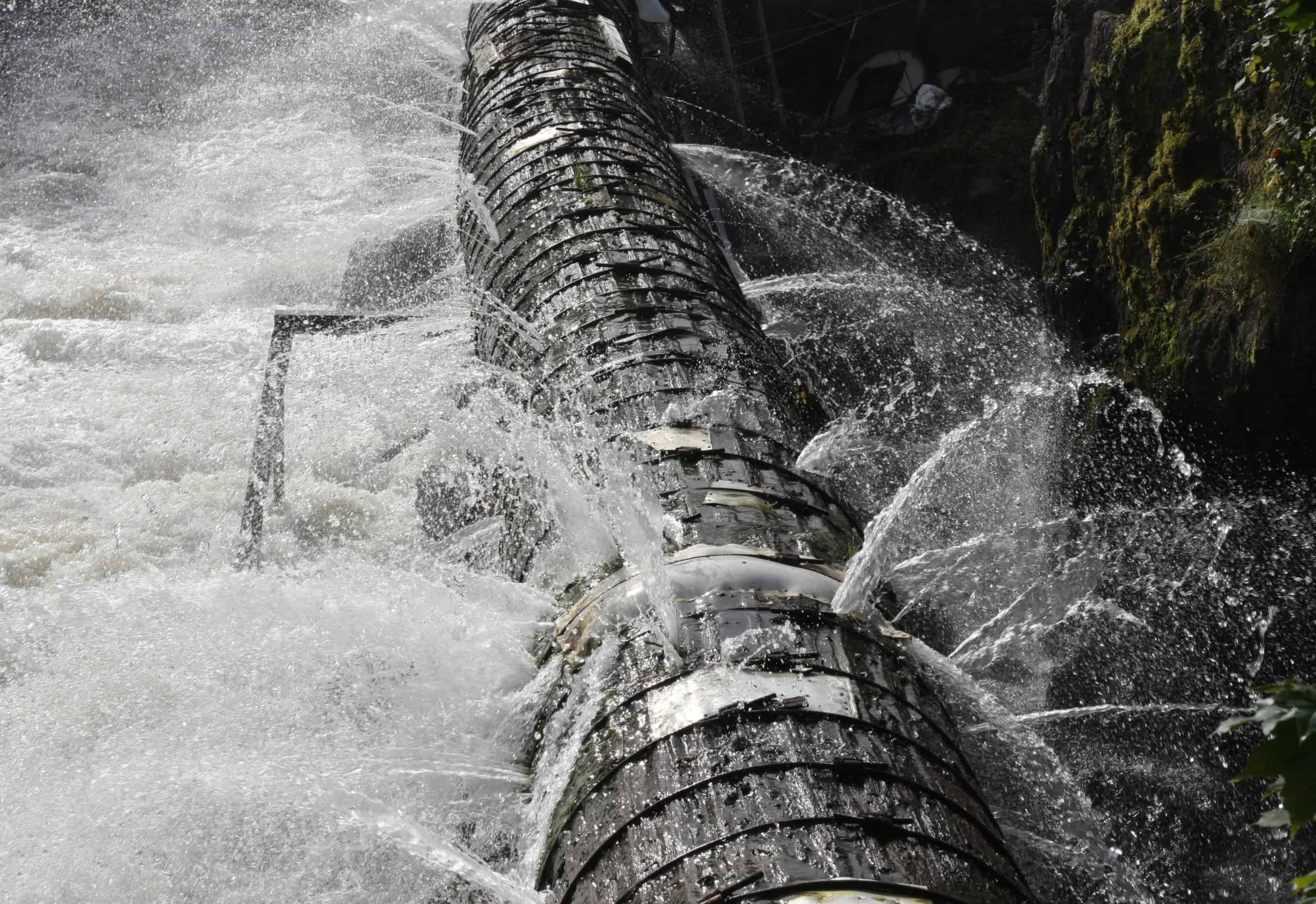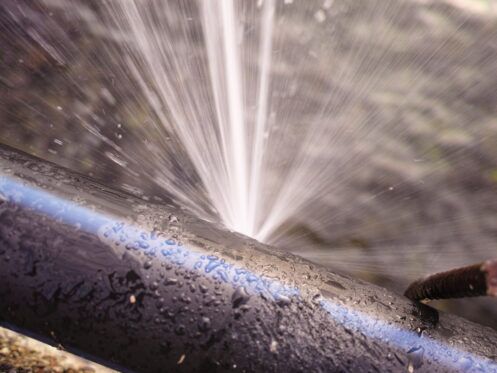Stopping Burst Water Lines: Necessary Tips to Shield Your Pipes
Stopping ruptured pipes is an essential concern for house owners, specifically during colder months when the risk of freezing is increased. Applying strategic actions such as proper insulation, routine evaluations, and keeping regular indoor temperatures can substantially lower the possibility of pipeline failing. Additionally, recognizing emergency treatments gears up home owners to react quickly to prospective plumbing concerns. Nevertheless, many are unaware of the particular vulnerabilities that their pipelines might face. Exploring these vulnerabilities can supply vital insights right into protecting your pipes system effectively.
Understand Pipe Vulnerabilities
Understanding pipeline vulnerabilities is vital for efficient plumbing upkeep and avoiding pricey damage. Several aspects add to the vulnerability of pipelines to bursts, consisting of product make-up, age, and environmental problems. Older pipes, specifically those made from galvanized steel or polybutylene, frequently deteriorate over time, leading to enhanced risk of leaks and tears.
Temperature variations can likewise significantly influence pipe integrity. In chillier environments, water trapped in pipelines can ice up, broadening and putting in pressure on the pipeline wall surfaces, which might inevitably cause a ruptured. Moreover, high water stress can strain pipelines, particularly at joints and bends, enhancing the probability of failure.

Insulate Piping Correctly
Appropriate insulation of pipelines is important for stopping freezing and succeeding ruptureds throughout chilly weather (burst pipe). Protecting your plumbing system effectively safeguards against temperature goes down that can lead to pricey damages. Begin by determining susceptible areas where pipelines are subjected to outside temperature levels, such as basements, attic rooms, and outside walls
Use foam pipe insulation sleeves or wrap insulation tape around these locations to provide a safety barrier. Ensure that all sections of the pipes, specifically those with limited warm exposure, obtain adequate insulation. Pay unique interest to fittings and joints, as these are extra prone to cold.
When shielding, it's necessary to choose materials that fulfill neighborhood structure codes and are proper for the details setting. Fiberglass insulation is often recommended for its thermal resistance buildings. In addition, take into consideration utilizing heat cable televisions or tape in severe conditions, which can be connected in to provide additional warm
On a regular basis check insulated pipes for any kind of indications of wear or damages, as jeopardized insulation can lessen its performance. By taking these proactive actions, you dramatically lower the danger of pipeline ruptureds, making sure a trusted plumbing system throughout the cold weather.
Maintain Regular Temperature
A stable indoor temperature level is important for protecting against ruptured pipelines during the freezing months. When temperature levels decline, water within pipelines can freeze, developing and expanding pressure that may ultimately cause the pipelines to ruptured.Using a programmable thermostat can help handle indoor temperatures efficiently, guaranteeing that areas with pipes continue to be cozy even when the home is unoccupied.
Furthermore, it is sensible to permit faucets to drip somewhat during extreme chilly spells. This small flow of water can avoid cold by relieving stress within the pipelines. Furthermore, throughout especially extreme weather condition occasions, take into consideration temporarily suspending any kind of nighttime troubles on your thermostat to preserve a stable warm atmosphere. By implementing these approaches, house owners can dramatically minimize the danger of pipeline bursts and protect their pipes systems against the harsh winter season aspects.
Routinely Inspect Plumbing
Normal inspections of pipes systems are crucial for stopping burst pipelines and preserving overall home stability. Routine checks permit house owners to recognize potential issues prior to they escalate into costly repairs or significant water damage. During these examinations, it is necessary to analyze visible pipes for indications of deterioration, leakages, or use. Pay special interest to areas prone to cold, such as basements, attics, and outside wall surfaces.
Furthermore, inspecting joints and links is important, as these factors are frequently at risk to leakages. House owners ought to likewise examine water pressure degrees, as extreme pressure can stress the plumbing system and enhance the threat of pipe bursts.
Consider scheduling specialist pipes examinations at the very least when a year, especially prior to winter months, to guarantee your system is prepared for chillier temperature levels. By being aggressive in your strategy, you can secure your home against the expensive and disruptive effects of burst pipes.
Know Emergency Situation Treatments
Understanding emergency situation procedures is important for every home owner, particularly after carrying out regular plumbing examinations. Being prepared for a plumbing emergency can dramatically alleviate damages and save costs.
Following, maintain important tools convenient. A pipes emergency situation package should include a wrench, bettor, and towels, as well as a flashlight and a container for little leakages. In addition, think about visit having the get in touch with info for a relied on plumbing conveniently offered, needs to the scenario rise past your control.
If you spot a leak look at this now or burst pipe, quickly shut off the water supply and notify your plumbing technician. Additionally, record the damage with photographs for insurance coverage purposes. burst pipe. Know the indications of prospective plumbing concerns, such as uncommon water stress changes or damp spots on wall surfaces
Ultimately, aggressive expertise and quick action are important in managing pipes emergency situations, ensuring your home remains protected and decreasing prospective damage.

Conclusion
In conclusion, stopping ruptured pipes necessitates a multifaceted method that consists of understanding pipeline susceptabilities, correct insulation, maintaining regular interior temperature levels, normal inspections, and knowledge of emergency treatments. By carrying out these essential techniques, the risk of pipes failures can be substantially lowered, consequently guaranteeing the longevity and performance of the plumbing system. Positive actions not only safeguard against possible damages yet likewise contribute to general water conservation and the protection of home.
In colder climates, water caught in pipes can ice up, applying and broadening pressure on the pipe wall surfaces, which may ultimately lead to a ruptured. When temperatures decline, water within pipes can ice up, broadening and developing pressure that might ultimately trigger click over here the pipelines to burst. By applying these methods, homeowners can substantially lower the danger of pipeline bursts and protect their pipes systems versus the severe winter months elements.
